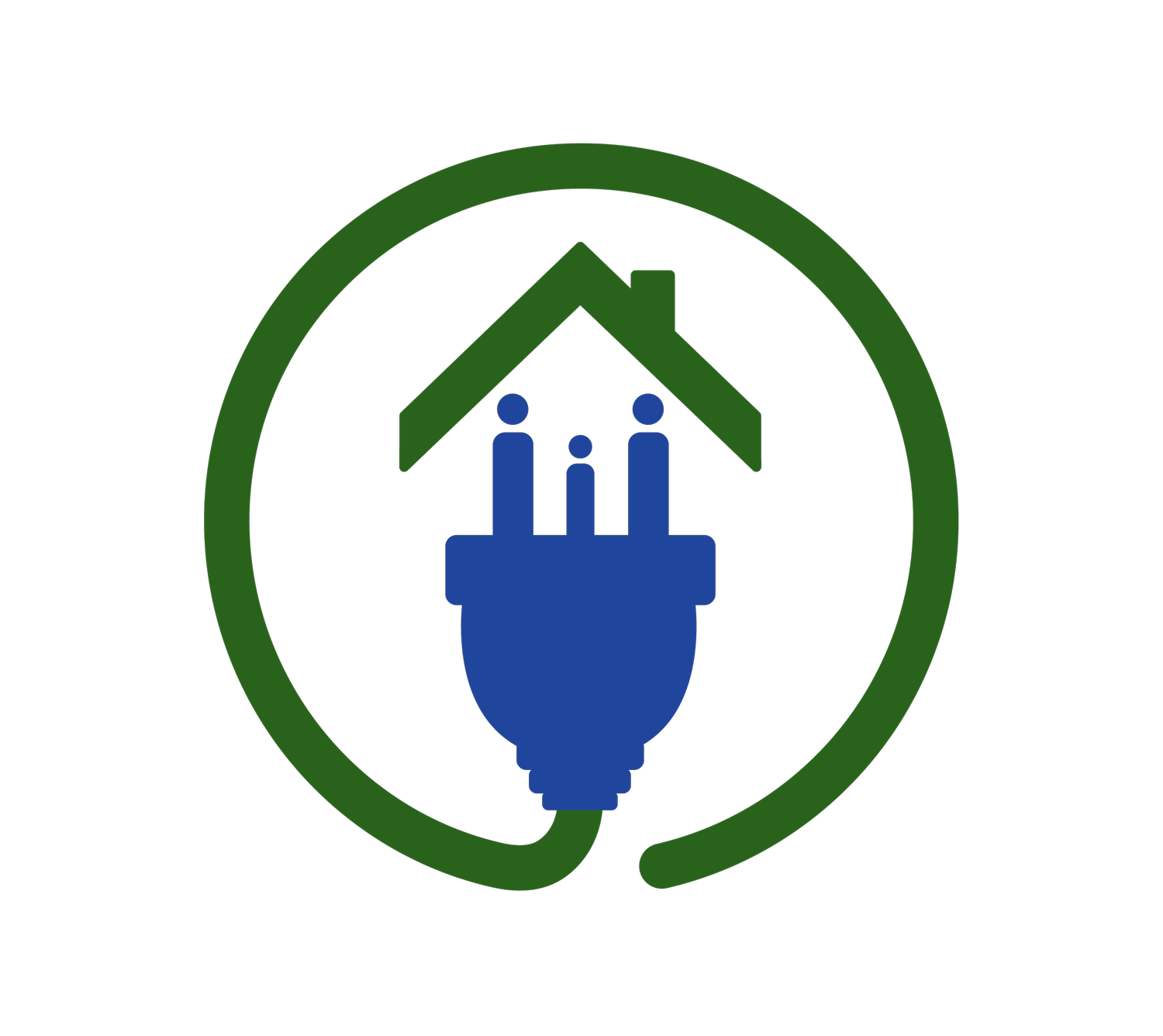
Household Energy and Health
Energy Burdens
Energy Insecurity: inability to adequately meet basic household heating, cooling, and energy needs
Energy Burden: % of household income spent on energy bills
High Energy Burden: 6% of household income spent on energy bills
In the Dayton region, the median energy burden for low-income households is 9.1%
Black, Hispanic, Native American, and older adult households, as well as families residing in low-income multifamily housing, manufactured housing, and older building experience disproportionally high energy burdens nationally, regionally, and in metro areas.
An Assessment of National and Metropolitan Energy Burden across the United States by American Council for an Energy Efficiency Economy (ACEEE)
Weatherization Assistance Program Fact Sheet (U.S. Department of Energy)
No Place Like Home: Fighting Climate Change (and Saving Money) by Electrifying America’s Households (Rewiring America)
Solar with Justice: Strategies for Powering Up Under-Resourced Communities and Growing an Inclusive Solar Market (Clean Energy States Alliance)
Healthy Homes
Generally, energy efficiency investments can allow households to engage in the same activity while using less energy, thus reducing high energy burdens and improving comfort, health, and safety.
The level of quality and safety in housing has large effects on the health of occupants. These health hazards typically fall into four categories: biological, chemical, physical, and social factors.
The effects of these hazards include allergies and asthma, developmental disorders, exposure to excessive heat or cold, and negative mental health impacts
Creating The Healthiest Nation: Health and Housing Equity

